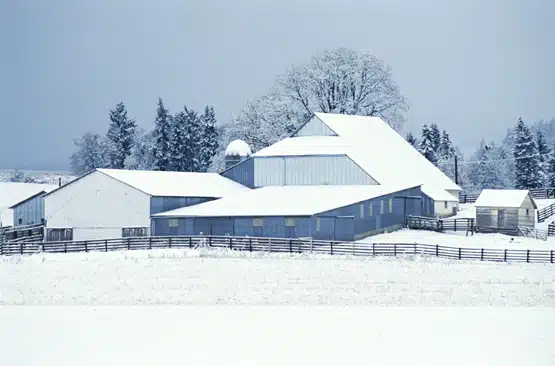Global warming of the earth’s climate has led to the expansion of shrubs and forests in the Arctic that will further warm the atmosphere, according to Monash University researcher, Dr Jason Beringer.
Dr Beringer worked in Alaska over the past two summers with a team of scientists from the University of Alaska Fairbanks.
The scientific team looked at vegetation patterns on the Seward Peninsula in Alaska and were particularly interested in how these vegetation patterns affected climate.
“We selected this Peninsula because it contains both arctic tundra grass, arctic tundra shrubs and forests which are thought to have a large impact on the atmosphere,” Dr Beringer said.
“We used tall towers to look at how this vegetation affected the heating and moisture in the atmosphere above it.”
They found that the effect of global warming is a “vicious circle”. As the earth’s temperature heats up, there will be more shrubs and less grass. These shrubs generate more heat than grass, warming the earth’s atmosphere even further. This will lead to more forests replacing the shrubs, and an even greater generation of heat.
“The result is more arctic forests and shrubs but less tundra grass,” Dr Beringer said. “The local warming effect of these forests will be greater than if the carbon dioxide in the atmosphere was doubled.
“Increased warming from these processes may result in a thawing of the normally permanently frozen ground and a release of large amounts of carbon dioxide to the atmosphere, further increasing warming on a global scale.
“This is likely to affect rainfall and freshwater runoff from rivers to the ocean and potentially reduce the ocean currents that help control global circulation. In addition, these shifts in vegetation may change the migration patterns of native animals such as caribou and salmon on which native people depend.”
Dr Beringer has returned to Australian summers and is currently working in Darwin to determine the effect of burning tropical savanna grass and woodlands on the atmosphere in the top end. His work is being done with the Tropical Savannas Cooperative Research Centre and the Northern Territory University.
Dr Beringer announced the results of his research today (25 August) at the 10am ScienceNOW! media conference. He will present his research in more detail to the public on Sunday 26 August in the ScienceNOW! session commencing at 10.30am.





 Fresh Science is on hold for 2022. We will be back in 2023.
Fresh Science is on hold for 2022. We will be back in 2023.